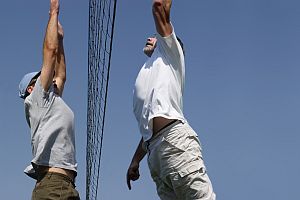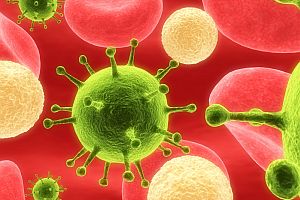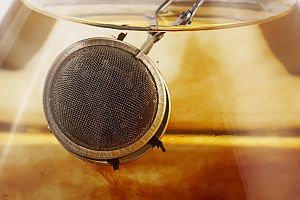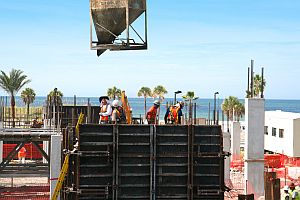Chiropractor in Wilmington NC: Truckers
According to the Occupational Health and Safety Administration, truck drivers top the list of professionals who lose the most time from work due to work-related injury. There are approximately 2.5 million long-haul truck drivers licensed in the US, and musculoskeletal injuries are the greatest problem, particularly lower back pain. Our chiropractor in Wilmington NC explains more.
Truck driving is literally back-breaking work-and this isn’t just because of the long hours sitting behind the wheel. First of all, truck drivers are exposed to continual vibration and bouncing, which can cause trauma to the muscles, tendons, joints and nerves of the entire musculoskeletal system. Add to this the loading and unloading of heavy items from the truck, and attaching and detaching the trailer and you have the perfect recipe for developing a work-related injury. Even getting out of the cab can be problematic, as one of the most common causes of injuries to the upper extremities in truck drivers comes from slipping off the truck step and grabbing the hand bar to keep from falling. This causes damage to the A/C joint, elbow and rotator cuff.
For truckers, getting chiropractic care can mean the difference between staying comfortably on the road and being laid up in bed for days at a time with back pain and other injuries. Luckily, more chiropractors are setting up offices at truck stops across the country, which allows truckers to get chiropractic treatment while they are on the road.
Chiropractor Wilmington NC
Dr. Jerry Singh established a chiropractic office at the 230 truck stop in Woodstock, Ontario, just outside of Toronto, Canada, because he saw an unmet need. Although chiropractic services at truck stops are becoming more common in the US, Singh’s practice was the first in Canada. He says that it makes sense for trucking companies to ensure that their drivers get chiropractic care. “Drivers who are healthy actually ‘drive’ a trucking company towards an inevitable increase in productivity, decreased missed workdays, diminished WSIB claims and a generally happier work force,” Singh said. “The bottom line is clear – a healthier corporate mindset for prevention will translate into healthier profits.”
Trucker Erwin Daugherty takes advantage of chiropractor in Wilmington NC services whenever he can. Daugherty said “I’d visit a chiropractor weekly if I could.” The convenience of having a chiropractor at a truck stop makes a big difference. He has located a number of chiropractic offices along his route and says, “If I simply get lucky and locate one that’s near to a truck stop, I’ll place them in my cellular phone and say, ‘Hey, I’m on my way.'” A number of chiropractic offices are open during a wide range of hours in order to accommodate truckers’ round-the-clock schedules. Singh says, “Back pain is a physically, emotionally and financially miserable condition. Drivers and employers must be seriously proactive about health and take necessary steps for improvement and pain relief,” and chiropractic care can play a major part.
Looking for a chiropractor in Wilmington NC? Contact us today!










